Understand
The history of Ulaanbaatar, Mongolia, is rich with the rise and fall of various capital cities. However, it was not until the 16th century that a capital city finally thrived. With the introduction of Lamaism and the flourishing of Tibetan Buddhism, permanent monastic establishments began to emerge. One of the most significant settlements was Mongolias first spiritual leader's residency palace, built in 1649 for Zanabazar, also known as Jebtsundamba Khutuktu. This date is now regarded as the founding date of modern Ulaanbaatar, Mongolia's capital city. Originally named Ikh Khuree, meaning "large circle" due to its circular shape, the city relocated over 20 times within central Mongolia until it settled in its current location in 1778. In the 20th century, Ulaanbaatar's modern architecture came to life, heavily influenced by Russian design. Today, the city showcases a captivating mixture of Soviet architecture, traditional ger settlements, Buddhist monasteries, and modern skyscrapers. Notable among the Buddhist temples are the Gandan Tegchinlen Monastery, the Choijin Lama Temple, and the Bogd Khan Winter Palace Museum. These temples offer a glimpse into Mongolia's rich religious heritage and cultural identity.
Map & Climate
Popular Foods
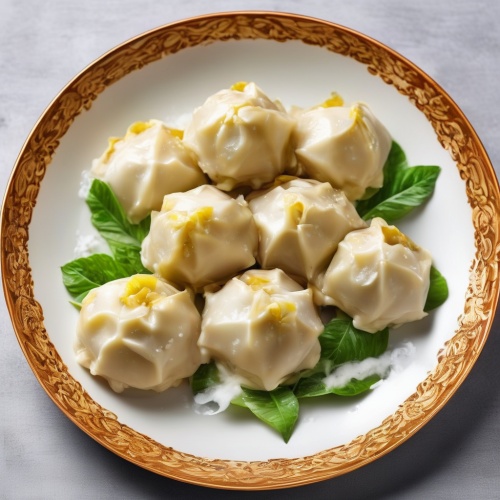 The first most popular food in Mongolia is Buuz, which are delicious dumplings filled with meat, typically mutton or beef, and seasoned with salt, pepper, and onions. They can be steamed or boiled and often served with sour cream or chili sauce.
The first most popular food in Mongolia is Buuz, which are delicious dumplings filled with meat, typically mutton or beef, and seasoned with salt, pepper, and onions. They can be steamed or boiled and often served with sour cream or chili sauce.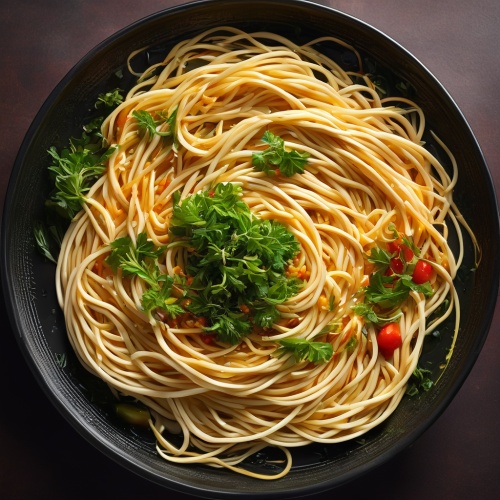 The second most popular food in Mongolia is Tsuivan, a stir-fried noodle dish that combines wheat or egg noodles with an assortment of vegetables like cabbage, carrots, and bell peppers, along with a choice of meat such as beef, chicken, or pork. It is typically seasoned with soy sauce, garlic, and other spices, making it a flavorful and hearty meal.
The second most popular food in Mongolia is Tsuivan, a stir-fried noodle dish that combines wheat or egg noodles with an assortment of vegetables like cabbage, carrots, and bell peppers, along with a choice of meat such as beef, chicken, or pork. It is typically seasoned with soy sauce, garlic, and other spices, making it a flavorful and hearty meal.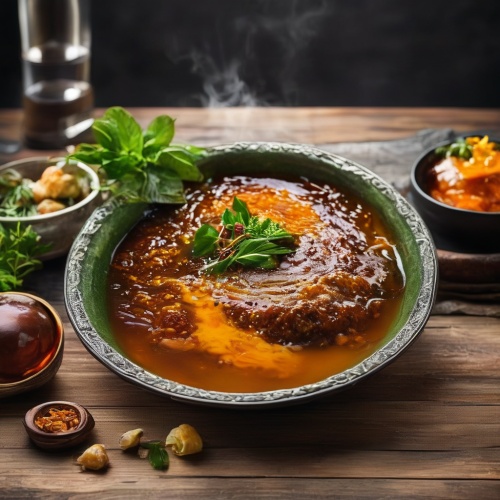 The third most popular food in Mongolia is Khorkhog, a traditional nomadic meal consisting of mutton or beef, potatoes, onions, and various other ingredients, cooked together in a large steam-filled pot. The stew is typically seasoned with garlic, salt, and other spices, resulting in a rich and satisfying dish.
The third most popular food in Mongolia is Khorkhog, a traditional nomadic meal consisting of mutton or beef, potatoes, onions, and various other ingredients, cooked together in a large steam-filled pot. The stew is typically seasoned with garlic, salt, and other spices, resulting in a rich and satisfying dish.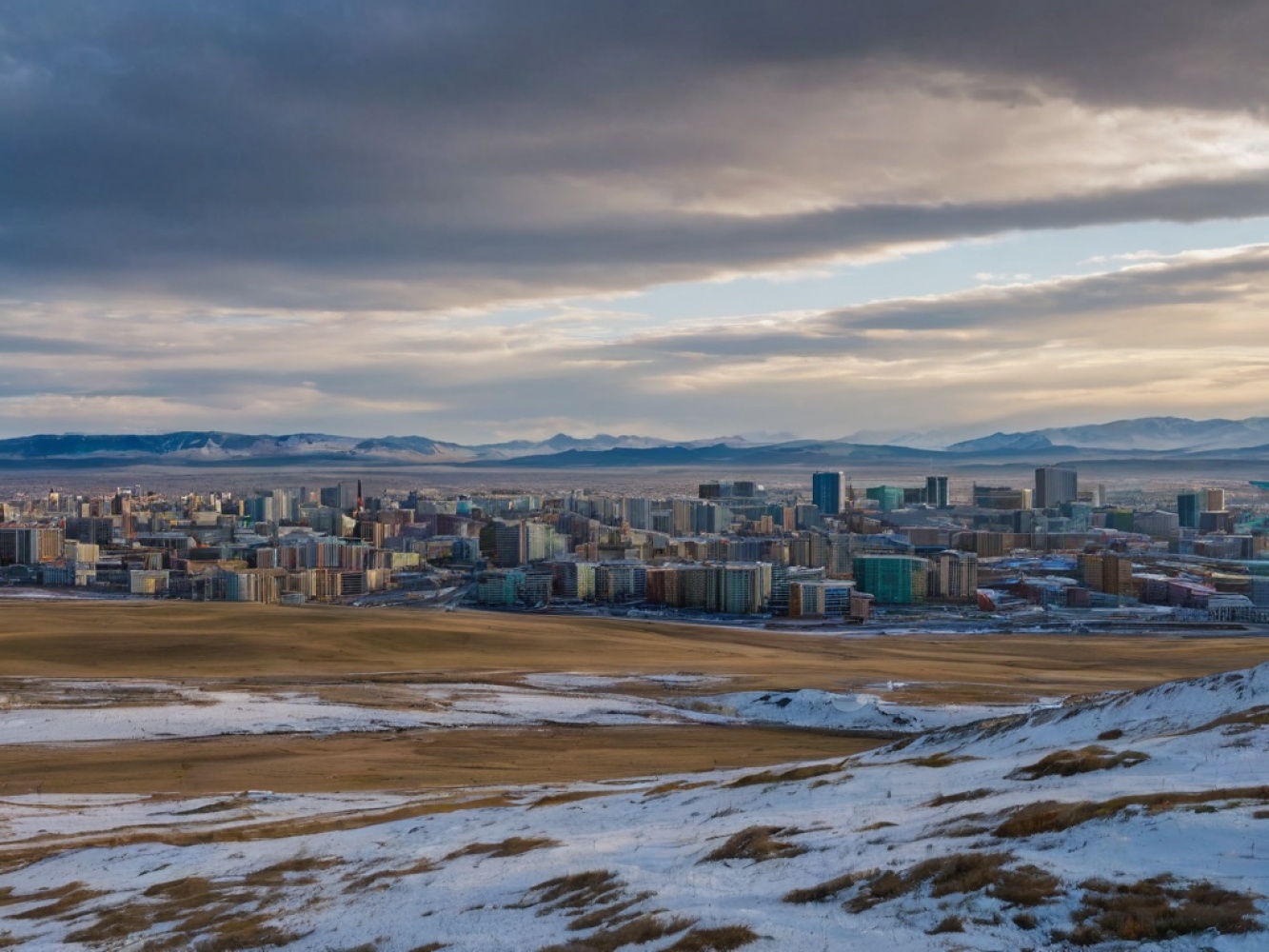

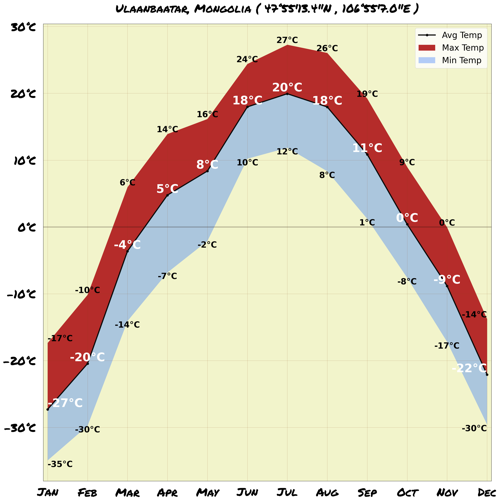
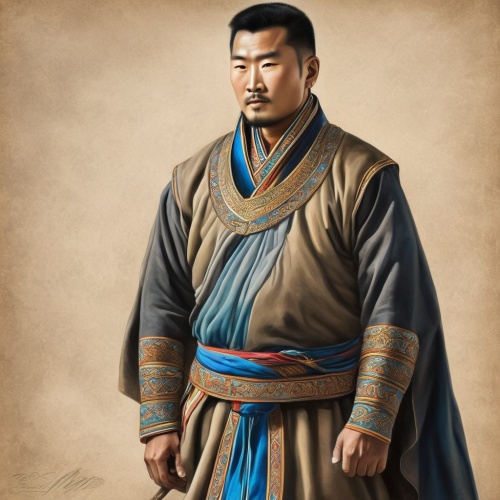
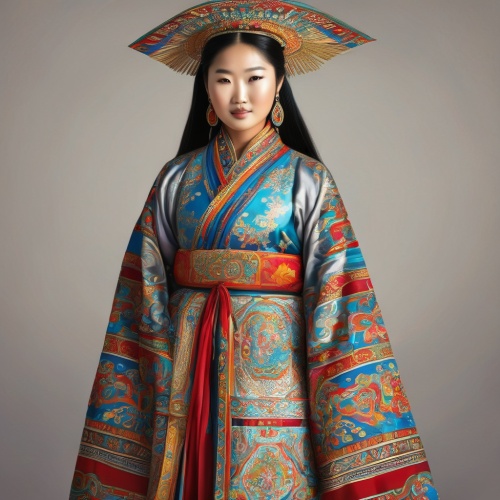
Comments
NO COMMENTS